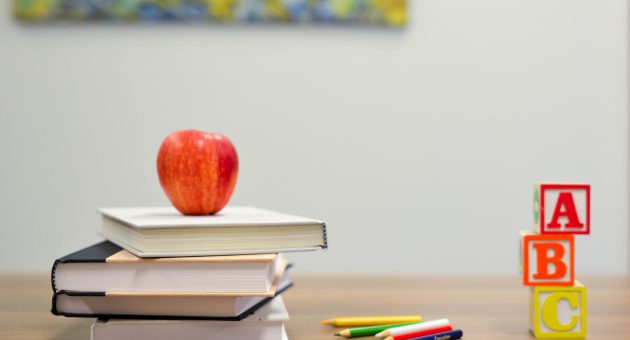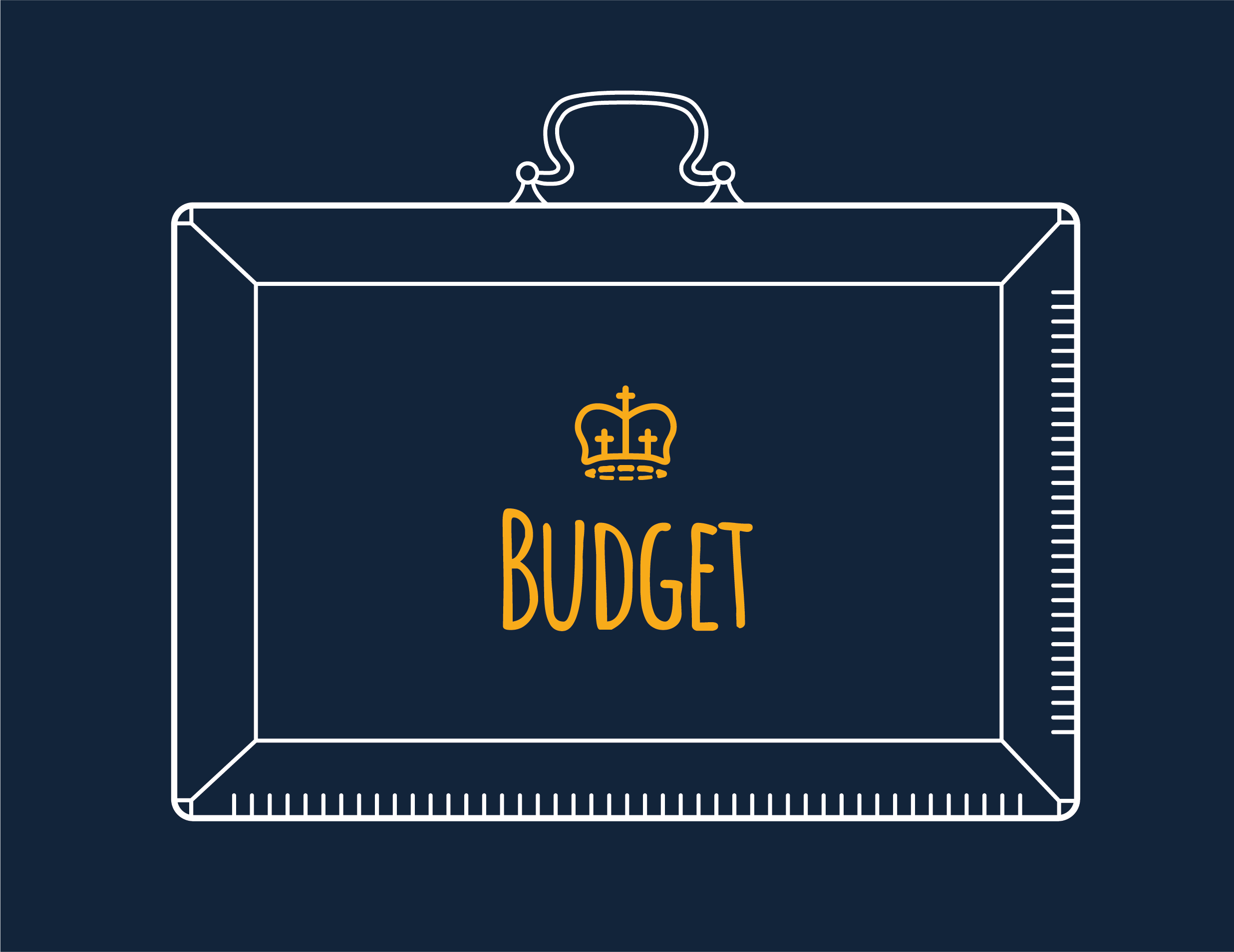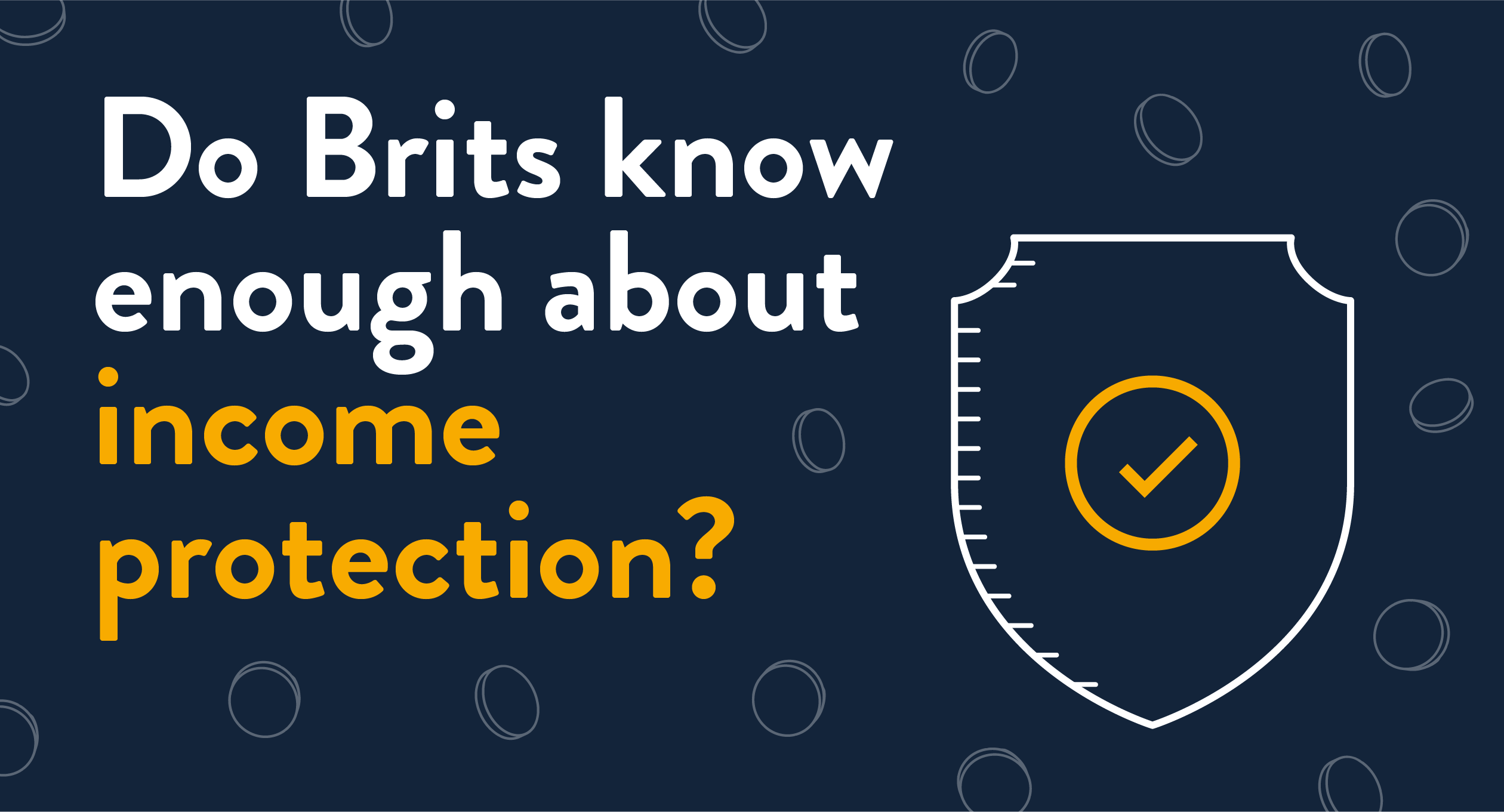
With just a few weeks to go, the summer holidays will almost be over, and a new school year will soon be starting. From planning their first day back to school, to arranging any back-to-school supplies, there is a lot to prepare for and it can be a costly time, which is why Shepherds Friendly have created a helpful guide for parents to help keep costs low.
How to spend less on back-to-school supplies
A new school year can be an expensive time with new bags, new stationary and new lunch boxes etc. Rather than purchase all new back to school supplies from expensive high street brands like WHSmith or Paperchase, most supermarkets will often have a cheaper back to school section for all your stationary needs. There is also the option to buy in bulk, or find a cheaper deal online via Amazon, as children can often lose or break any supplies as the year goes on. This can prevent having to purchase any new replacements.
When do children go back to school?
Children across the UK will go back to school between Tuesday 16th August – Monday 5th September. However, this will differ from school to school, as there are different start dates across England, Wales, Scotland, and Northern Ireland. To find out the specific date your child will be going back to school, simply add your postcode on gov.uk school term and holiday dates tool and you’ll be directed to your local council’s website.
Can I get help with school uniform costs?
If you’re finding the cost of your children’s school uniform too expensive there are cost effective solutions, as well as resources available. There are plenty of cheap places to buy the basic white shirts, trousers, skirts and PE kits from various supermarkets, as well as multi-buy offers online. Also, if you have older children, a cheaper alternative would be to pass down their school uniform onto their younger siblings.
However, if you’re needing more help, if you live in Wales, Scotland or Northern Ireland you may be able to get a grant to get help with school uniform costs. Also, your local council may be able to help with the cost. You can search if this is available in your local area by adding your post code on the governments website.
How to keep the cost of school meals low
The cost of school meals can vary depending on your circumstances. If you plan on making a packed lunch for your child, a discount supermarket like Aldi or Lidl will have a wide variety of cost effective and nutritious options. Another option is to plan out the week ahead and make a food diary, making large portions of food to spread over a few days as well as buying products that have a longer shelf life to avoid waste.
Your child may be eligible for free school meals if they are in a government funded school, they are either in reception, year 1 or year 2 or you receive one of the following:
- Income Support
- Income-based Jobseeker’s Allowance
- Income-related Employment and Support Allowance
- Support under Part VI of the Immigration and Asylum Act 1999
- The guaranteed element of Pension Credit
- Child Tax Credit (provided you’re not also entitled to Working Tax Credit and have an annual gross income of no more than £16,190)
- Working Tax Credit run-on – paid for 4 weeks after you stop qualifying for Working Tax Credit
- Universal Credit – if you apply on or after 1 April 2018 your household income must be less than £7,400 a year (after tax and not including any benefits you get) [1]
If you’re worried about the cost of school meals, you can apply for free meals on the gov.uk website.
Thinking beyond “back to school”
Now your child’s gone back to school they’ll be getting another year older, meaning it’s the perfect time to start thinking about their future. Even though they’re still children, we all know how quickly the years fly by. It won’t be long until they turn 18 and they’ll be planning their future and whether they’ll want to go to university, buy their first car or get on the property ladder, a tax-free lump sum will help make their goals a reality. Open a Shepherds Friendly Junior ISA from just £10 a month and start saving for their future today.
If you would like to know more about our Junior ISA, we’ve created two helpful guides What is a Junior ISA and Guide to Investing for Kids.
Sources


